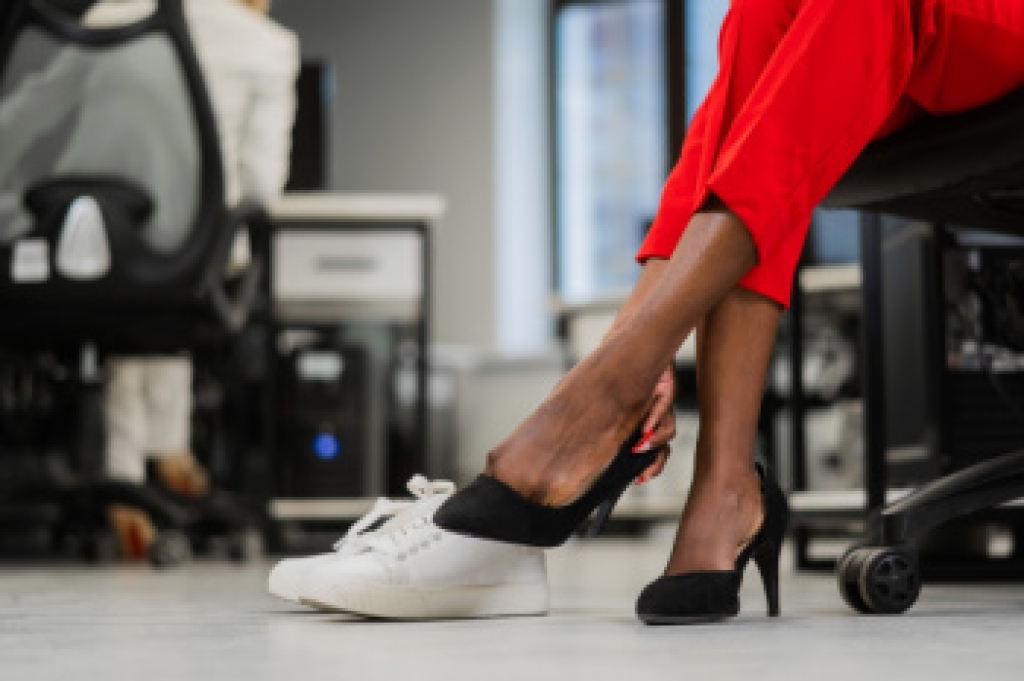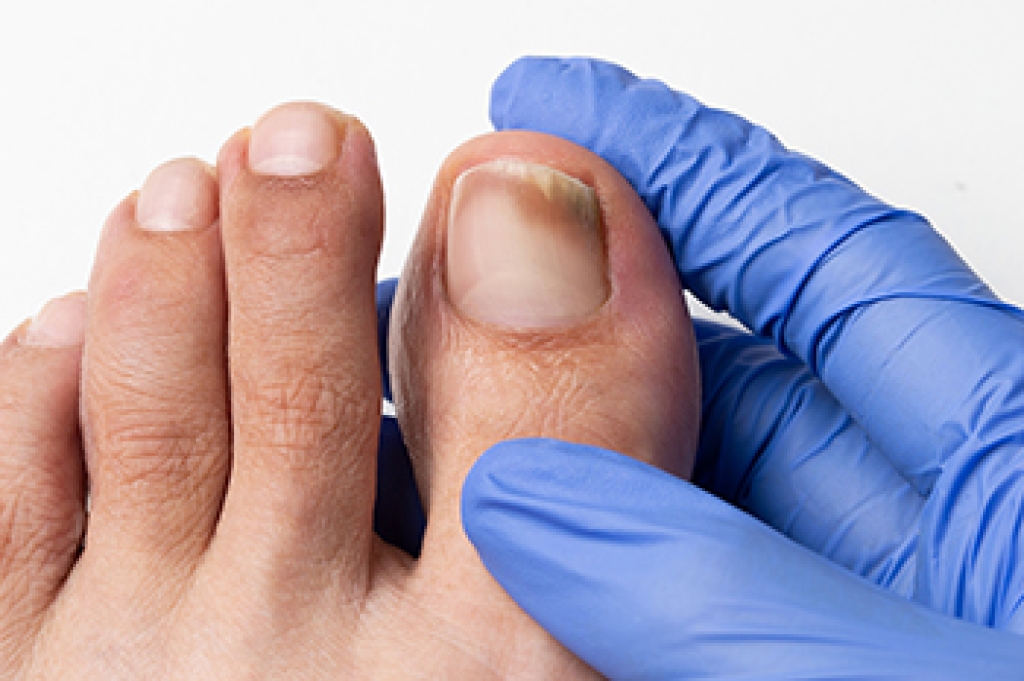
Many people experience foot problems that can cause pain and limit daily activity. Athlete’s foot is a fungal infection that causes itching and peeling between the toes. Blisters form from friction or moisture, leading to fluid-filled sores. Additionally, bunions are bony bumps that form at the base of the big toe, often from genetics or wearing tight shoes. Gout causes sudden joint pain and swelling due to uric acid buildup, affecting the big toe. Flat feet occur when the arches collapse, leading to strain and fatigue. Each condition has unique causes and risk factors. If you have foot pain or a specific foot or ankle condition, it is suggested that you schedule an appointment with a podiatrist who can provide appropriate relief and treatment solutions.
Foot Pain
Foot pain can be extremely painful and debilitating. If you have a foot pain, consult with one of our podiatrists from Associates in Podiatry, PC. Our doctors will assess your condition and provide you with quality foot and ankle treatment.
Causes
Foot pain is a very broad condition that could be caused by one or more ailments. The most common include:
- Bunions
- Hammertoes
- Plantar Fasciitis
- Bone Spurs
- Corns
- Tarsal Tunnel Syndrome
- Ingrown Toenails
- Arthritis (such as Gout, Rheumatoid, and Osteoarthritis)
- Flat Feet
- Injury (from stress fractures, broken toe, foot, ankle, Achilles tendon ruptures, and sprains)
- And more
Diagnosis
To figure out the cause of foot pain, podiatrists utilize several different methods. This can range from simple visual inspections and sensation tests to X-rays and MRI scans. Prior medical history, family medical history, and any recent physical traumatic events will all be taken into consideration for a proper diagnosis.
Treatment
Treatment depends upon the cause of the foot pain. Whether it is resting, staying off the foot, or having surgery; podiatrists have a number of treatment options available for foot pain.
If you have any questions, please feel free to contact our offices located in Pittsburgh-South Hills, and Pittsburgh-Bellevue, PA . We offer the newest diagnostic and treatment technologies for all your foot care needs.




